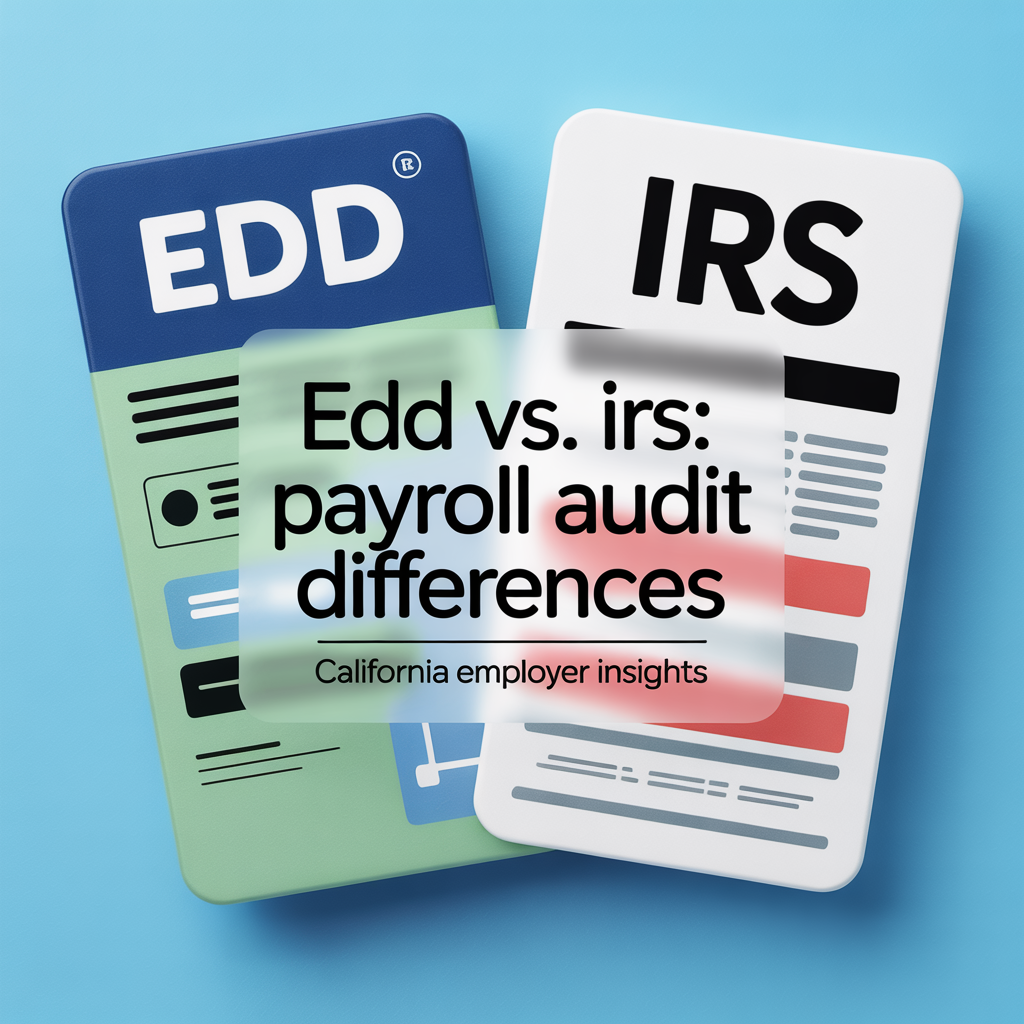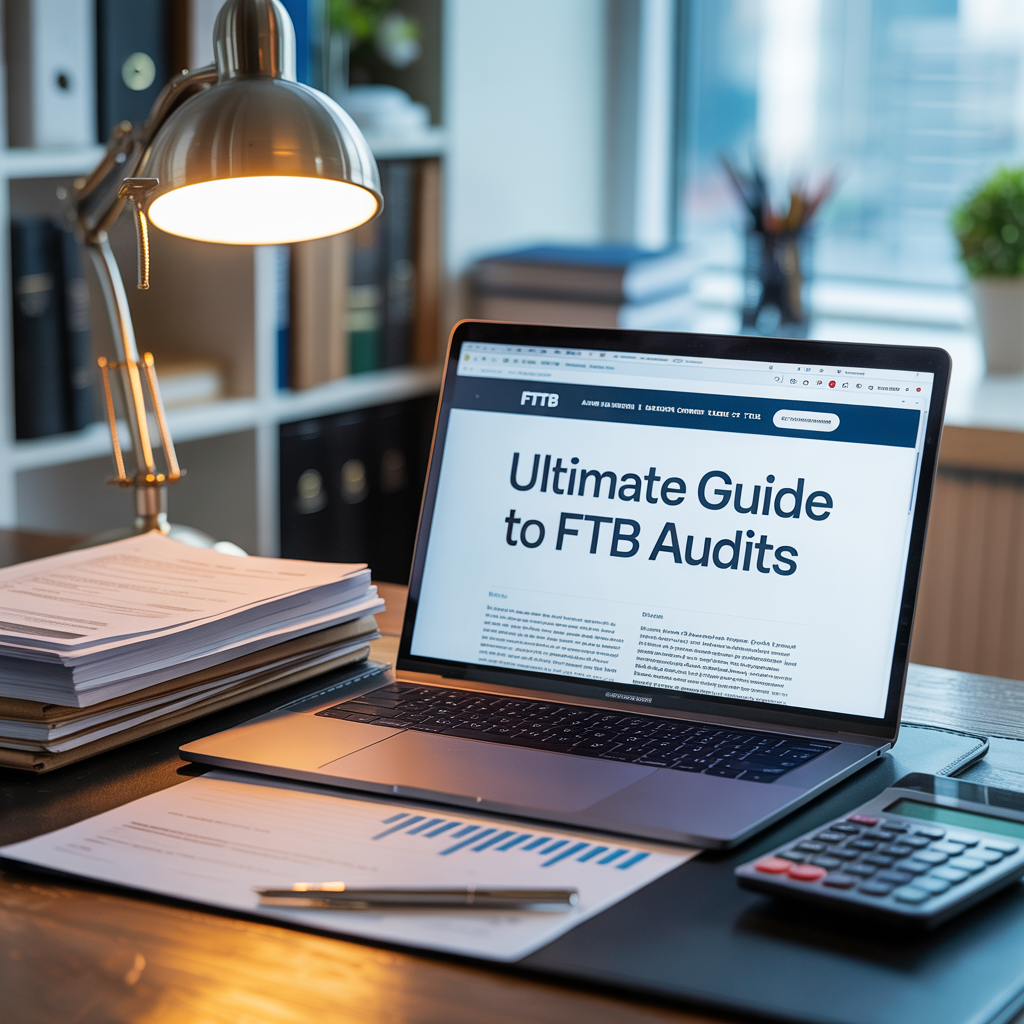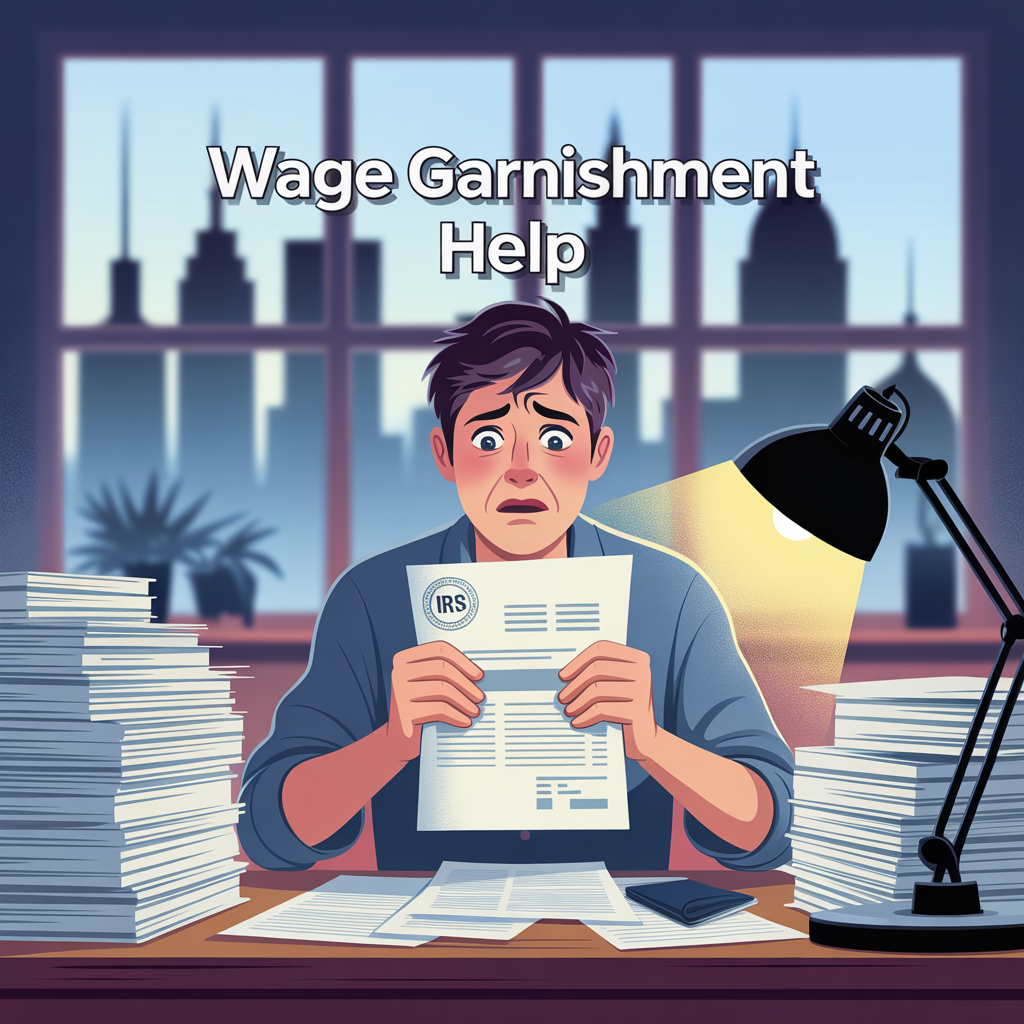IRS Levied My Subcontractor – How to Respond as a California GC or Prime

If the IRS Sends You a Levy Notice for a Subcontractor, It’s Not a Mistake
As a general contractor or construction manager in California, it can be jarring to receive a letter from the IRS demanding that you redirect payments to one of your subcontractors directly to the IRS.
But this is a real and enforceable collection tool.
If the subcontractor owes back taxes, the IRS may levy accounts receivable, and that includes payments from you—their GC or prime contractor. This situation is part of the broader landscape of IRS levy vs lien differences, where contractors often confuse the two. While a lien secures the government’s interest in property, a levy is the actual seizure of funds or assets.
This post explains what to do if you receive an IRS levy notice for a subcontractor, how to stay compliant, and how to protect your project timeline, contract liability, and vendor relationships.
Why Did You Receive a Levy Notice?
The IRS likely sent you Form 668–A(c)(DO) because:
- Your subcontractor or vendor owes back taxes
- The IRS determined that you owe money to the taxpayer (i.e., progress payments)
- You are considered a third-party payer under federal law
This often happens when the subcontractor is:
- A sole proprietor (Schedule C)
- A pass-through entity (e.g., S-Corp, partnership)
- Receiving large payments without withholding
In some cases, the IRS may escalate collection efforts if debts go unresolved, leading to IRS bank account levy in California situations. Contractors often hear from subs who say, IRS seized my bank account, which creates project delays and strained vendor relationships.
Are You Required to Comply?
Yes. If the IRS sends you a valid levy notice, you are legally obligated to redirect payment to the IRS instead of your subcontractor.
Failure to comply may result in:
- You being held personally liable for the amount the IRS was trying to collect
- Penalties under IRC §6332(d)
- Interest or enforcement against your business
What Happens If You Already Paid the Subcontractor?
If you made the payment before receiving the levy notice:
- Document the payment date, method, and invoice clearly
- Send a written response to the IRS stating that no funds are currently owed
- Provide cleared checks, ACH confirmations, or pay app records
If you paid after receiving the notice, you may be liable and should seek legal or CPA guidance immediately.
Can You Keep Working with That Subcontractor?
Maybe—but proceed with caution.
Once the IRS identifies a vendor as a levy target:
- Future payments may be subject to additional levies
- You may be dragged into future IRS enforcement
- Progress payments and lien releases may get delayed
- Your payment reporting responsibilities increase
Many contractors ask, can you stop an IRS levy after it starts? The answer depends on quick action—filing an appeal, arranging a payment plan, or proving financial hardship. Ignoring the notice only increases your risk.
Step-by-Step: What to Do If You Receive a Subcontractor Levy
Step 1: Review the Notice Immediately
Confirm:
- The taxpayer's name and TIN
- The amount owed
- Your payment obligation
- The IRS office and contact info
Step 2: Withhold Payment
- Freeze all pending payments to the subcontractor
- Do not release retention or lien waivers while the levy is unresolved
- Inform your subcontractor professionally and carefully
Step 3: Remit Payment to the IRS (If Owed)
If you owe funds, you must:
- Complete and return Form 668-W or similar documents
- Issue payment to the IRS as directed (usually to the Advisory Office or collection officer)
Step 4: Protect Your Records
- Maintain documentation of all actions taken
- Log dates and responses in your job files
- Keep copies of all correspondence with the IRS and the subcontractor
We Help California Contractors Respond to IRS Levies
At Boulanger CPA and Consulting PC, we help general contractors, developers, and business owners:
- Respond to subcontractor levy notices
- Protect against third-party liability
- Resolve confusion about tax responsibility
- Help subs resolve their IRS debts and avoid future levies
📞 Call (657) 218-5700 or request support at www.orangecounty.cpa
And if you’re looking for practical strategies to protect your business from government overreach, you can always explore more in Defend What’s Yours .
Frequently Asked Questions
What does it mean if the IRS levies my subcontractor?
It means the IRS is trying to collect your subcontractor’s unpaid tax debt by redirecting payments you would normally send to them.
Am I required to send payments to the IRS instead of my subcontractor?
Yes. Once you receive a levy notice, you are legally obligated to forward payments owed to the subcontractor directly to the IRS.
What happens if I ignore the IRS levy notice?
If you ignore the levy, the IRS can hold your business liable for the amount you should have sent. This creates serious financial and legal risk.
How does this affect my subcontractor relationship?
It may cause strain, but you are legally required to comply with the IRS. Clear communication and professional handling can help preserve the relationship.
Can the levy apply to multiple payments?
Yes. A continuing levy can affect multiple future payments until your subcontractor’s tax debt is resolved or the levy is lifted.
Can my subcontractor get the levy released?
Yes. They can negotiate with the IRS through an installment agreement, Offer in Compromise, or hardship status to release or reduce the levy.
Does California issue similar levies?
Yes. The California Franchise Tax Board (FTB) and Employment Development Department (EDD) can also issue levies on subcontractor payments for unpaid state taxes.
Should I get professional help if my subcontractor is levied?
Yes. A CPA can help you comply with IRS rules while protecting your business from unnecessary liability.
📣 About the Author
Marc Boulanger, CPA is the founder of Boulanger CPA and Consulting PC, a boutique tax resolution firm based in Orange County, California and trusted by high-income individuals and business owners across Southern California.
He is the author of Defend What’s Yours: A California Taxpayer’s Guide to Beating the IRS and FTB at Their Own Game, available now on Amazon. The book offers a step-by-step plan for resolving IRS and FTB tax debt without losing your business, your home, or your peace of mind.
With over a decade of experience resolving high-stakes IRS and State tax matters, Marc brings strategic insight to complex cases involving wage garnishments, bank levies, unfiled returns, and six-figure tax debts. He is known for helping clients reduce or eliminate tax liabilities through expertly negotiated settlements and compliance plans.
Marc is a Certified Public Accountant licensed in California and Oklahoma and holds the designation of Certified Tax Representation Consultant. He is a member of the American Society of Tax Problem Solvers (ASTPS) — the national organization founded by the educators and practitioners who have trained thousands of CPAs, EAs, and tax attorneys in IRS representation strategy.
Every case is handled with discretion, proven methodology, and direct CPA-led representation — not call center scripts.
📍 Learn more at www.orangecounty.cpa or call (657) 218-5700.










